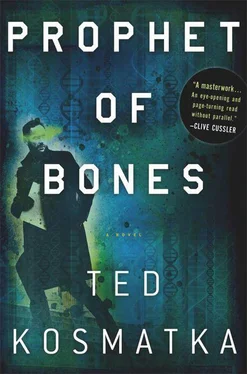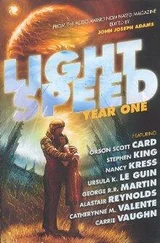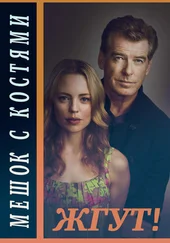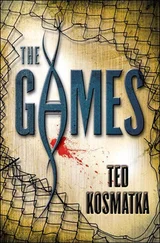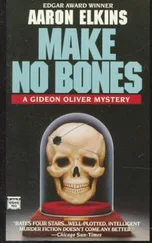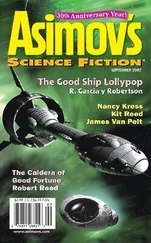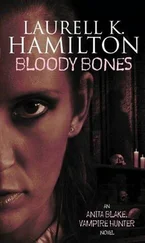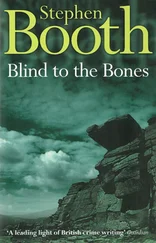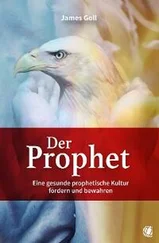Paul said, “You should see the other guy.”
Now he went to his medicine cabinet. He steadied himself against the sink for a moment, waiting for the world to stop swaying. He opened the pill bottle, and there, at the bottom, just where he’d hidden it four days earlier, he found the lozenge.
Baltimore is a place half in and half out of the water.
It sits at the western edge of the Chesapeake, at the confluence of the Patapsco River and the Middle Branch of the great bay. Although it is more than fifty miles from the open ocean, the region’s highways cross saltwater channels on two sides. There are tides and mudflats and seagulls. Shipwrecks jut from the shallows like the bones of leviathans. Here, the ocean has made an effort to move inland. It has made a point of it.
Baltimore is a place of bridges. The enormous Francis Scott Key Bridge stretches four lanes wide, shore to shore, a hundred feet above the waves. To the east of Baltimore, at Sparrows Point, the land divides itself into a series of lobed peninsulas that thrust for miles out into the open water of the bay. On a map, here, the line drawn between water and land forms a jagged male signature—jutting spines of rock and soil and marsh, the ins and outs of countless tiny waterways. It is a place of ancient, rusting mills, and dusty slag piles, and wildlife. It is a place at the very edge.
In the distance, along one of the farthest spines of land, at the edge of the edge, is Westing.
* * *
It is an old industrial park. A property that used to produce iron and steel and good pensions. A place backed against the water.
The gates are rusted chain link. Barbed wire spirals itself along the top of a sagging fence that disappears into secondary growth along the side of the road. Small shrubs sprawl from choked ditches.
The guard shanty sits just beyond the open fence gates. To the uninitiated, the property looks for all the world like what it used to be: some industrial relic, a dying entity, a place from the past. There is no street sign to tell you where you are. Weeds grasp for toeholds in every gathering of accumulated soil. To the local flora, this is postapocalypse. Life fighting its way back from concrete oblivion.
But beyond the single unsmiling guard, up the road and around the curve, the deepest nature of the place reveals itself, and it becomes part of another age.
The first time Paul saw the facility, he knew.
It was a place of glass and black magic.
Westing, hiding in broad daylight.
Paul pulled to a stop in his assigned parking space and turned off the ignition. He took a deep breath, listening to the silence in his car. His head hurt. Everything hurt. He blinked. He stepped out of the car and walked up the cement stairs to the building’s entrance. From the gates, it looked like nothing at all, an abandoned property, but here, on the other side of the bend, it was state-of-the-art. Glass and sprawling, six stories of it, a building from a future that might never happen.
He flashed his badge to the desk guard and hit the elevator button. The guard seemed taken aback by Paul’s black leather eye patch but said nothing.
The elevator dinged.
Paul got off on the third floor and made his way down the hall.
One of the secretaries—Julie, he thought her name was—smiled at him as he walked by. “Welcome back,” she said.
“Thanks,” he said. “Good to be back.”
He was almost past her when she called after him, “We put your mail on your desk.”
He arrived at his office. He paused at the threshold before pushing the door open and stepping inside. It seemed like months since he’d been here, years maybe. Could it really have been only weeks? That didn’t seem possible. So much had changed since the last time. He was a different person now.
The lights in his office came on automatically, triggered by motion detectors Paul had never been able to locate. The only way to turn the lights off was to sit perfectly still for a long period of time. On some days, Paul was certain this period was ten minutes; on other days, an hour. The other researchers complained of it often; it was a common topic of conversation in the lab. “To keep the lights on, you have to wave your arms in the air,” one might say, then add, “Like a rooster.”
But Paul liked the dark. He sometimes found himself engaged in his work, typing on his computer, and there would come a loud click, and the lights would go out, and he’d find himself sitting in the shadows, facing a glowing computer screen. He’d look around the room in wonder. Darkness was a gift.
He put his briefcase down and considered the formidable stack of papers on his desk. He picked up the pile and leafed through his mail—magazines, mostly. Principia Biologica, Theist-informatics, Materials and Method, Design Interpretation , Precept Monthly. Trade magazines he’d never ordered but which had begun to show up, by some mysterious process, when he’d first gotten an office with his name on the door.
He tossed the whole pile in the trash and sat.
It was warm in his office. He loosened his tie and opened his white shirt, glancing around. His office was the caricature of an office, he decided.
The furniture was office furniture, too small for him, bought from a catalog. The walls were painted office color. He imagined the can of paint had said “office” right on its side, as a signal to those in corporate purchasing. Have an office that needs painting? Here, use this.
There were no windows, and for that he was grateful. It made it different from the hospital room.
The books, too, made it different—shelves and shelves of books. Books stacked neatly in the corners; books on anatomy and archaeology and genetics; books about Peking man and Jane Goodall and the subatomic structure of the atom. Books on Mus musculus.
Other than the books, the room’s principal ornamentation was a single dog skull, coated in paraffin wax, that sat on the corner of his desk.
“I’m home,” he said, and then he put his face in his hands.
* * *
Bone is heavy. It is substantial. All bone at Westing had this in common: it had once been alive, but by the time Paul got to see it it was not.
It was late afternoon and Paul sat at his computer, staring at the images on the screen.
He clicked the mouse and new images appeared. He studied them for a moment, comparing them to the image in his head. He clicked again. He’d been at it for hours now.
New images appeared. He scrolled on.
When he was in college, he’d developed a fascination for skulls. He’d spent hours staring at the pictures: Homo habilis, Homo ergaster, the numerous and varied australopithecines. Each variety had its own museum holotype—the remains of a single diagnostic individual meant to perfectly represent the species. All additional specimens existed, by definition, at variance from these holotypes and were in some sense defined by them. Paul finally reached a point where he could recognize not just the species but the individual specimens themselves. The Taung child, Sangiran17, and Atapuerca 5. He knew them at a glance. There was the enigmatic Lusaka specimen—the holotype for a rare anthropoid species whose existence in the scientific literature depended solely on the interpretation of a single mandible. Sometimes the holotype and the complete record were the same.
In class once, a professor had asked if someone could name the kind of skull shown on the projector. Paul had raised his hand. “That’s Amud 1,” he’d said. The professor had blinked. “Neanderthal” had been the answer he was looking for. Neanderthals were an ancient population of man that had spread across Europe, western Asia, and the Middle East. They were an ethnic group. “Distinct,” the professor said. “But no longer extant.”
Читать дальше
